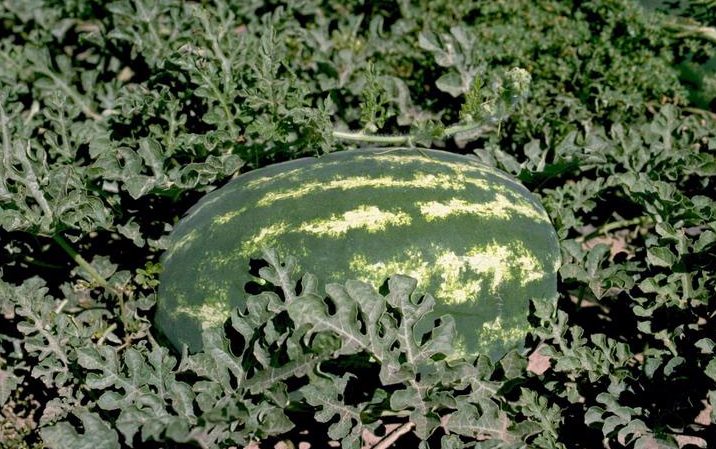
Mar 17, 2022Watermelon production management: tips for growers
Watermelons can be a profitable crop for both home and commercial production. Successful watermelon production management begins with site selection, soil preparation, crop rotation, and variety choice.
Like most crops, watermelon grows best on well-drained sites. Avoid planting in low spots prone to flooding or in fields with poor internal drainage. Building soil health with cover crops takes time, but it improves organic matter and internal drainage, creating a stronger foundation for future watermelon crops.
Manage crop rotation and disease resistance
Watermelon belongs to the cucurbitaceae family, which also includes cucumber, muskmelon, squash, pumpkin, gourd and honeydew. Because members of this family share diseases, crop rotation is critical. If possible, wait up to five years before planting watermelon in the same location as another cucurbit crop.
This long rotation is easier for small-plot growers with flexible land use but challenging for commercial producers with large acreage. If rotation is not an option, Extension specialists recommend planting varieties with the most disease resistance available. Some watermelon cultivars offer tolerance or resistance to fusarium wilt race 1, anthracnose, and powdery mildew.
Follow soil testing recommendations
Soil testing is an important step in watermelon production management. Conduct tests in late summer and apply needed lime when planting cover crops. While growers may know the general nitrogen, phosphorus, and potassium needs of watermelon, soil tests reveal what nutrients are already present and what amendments are required.
Extension offices can guide growers on how to collect soil samples and interpret results to ensure proper nutrient management.
Plan spacing and provide light for watermelon production management
Plan spacing directly affects melon size. Larger-fruited melons typically require 24 to 30 square feet per plant, with rows spaced about six feet apart and plants set 42 to 60 inches apart in the row. Smaller mini-melons, increasingly popular in recent years, can be spaced more closely at 13 to 14 square feet per plant.
Growers seeking an early harvest can start with transplants. Maintain day temperatures of 70 – 80°F and night temperatures of 65 – 70°F. With adequate light, transplants are ready in three to four weeks. If plants appear tall and stretched with long internodes, they are not receiving enough light. While sunlight is ideal, supplemental lighting on a timer for 14 – 16 hours daily can keep transplants compact and healthy.
Select recommended varieties
Extension professionals provide several recommended watermelon varieties for different needs. Seeded types include:
- AU Producer
- Crimson Sweet
- Jubilee II
- Jamboree
- Lemon Krush (yellow flesh)
- Sangria
- Sentinel
- Starbight
- Summer Gold (yellow flush)
- Top Gun
Recommended icebox and mini melons include “Mickey Lee” and “Sugar Baby.” Seedless varieties are also available, and growers can consult local Extension offices for recommendations.
Focus on continual improvement
Watermelon production management requires attention to soil, rotation, spacing, and variety selection. By adopting practices such as cover cropping, soil testing, and disease-resistant cultivars, growers can strengthen their production systems and achieve more consistent yields.
— Chip East, Alabama Cooperative Extension System
















